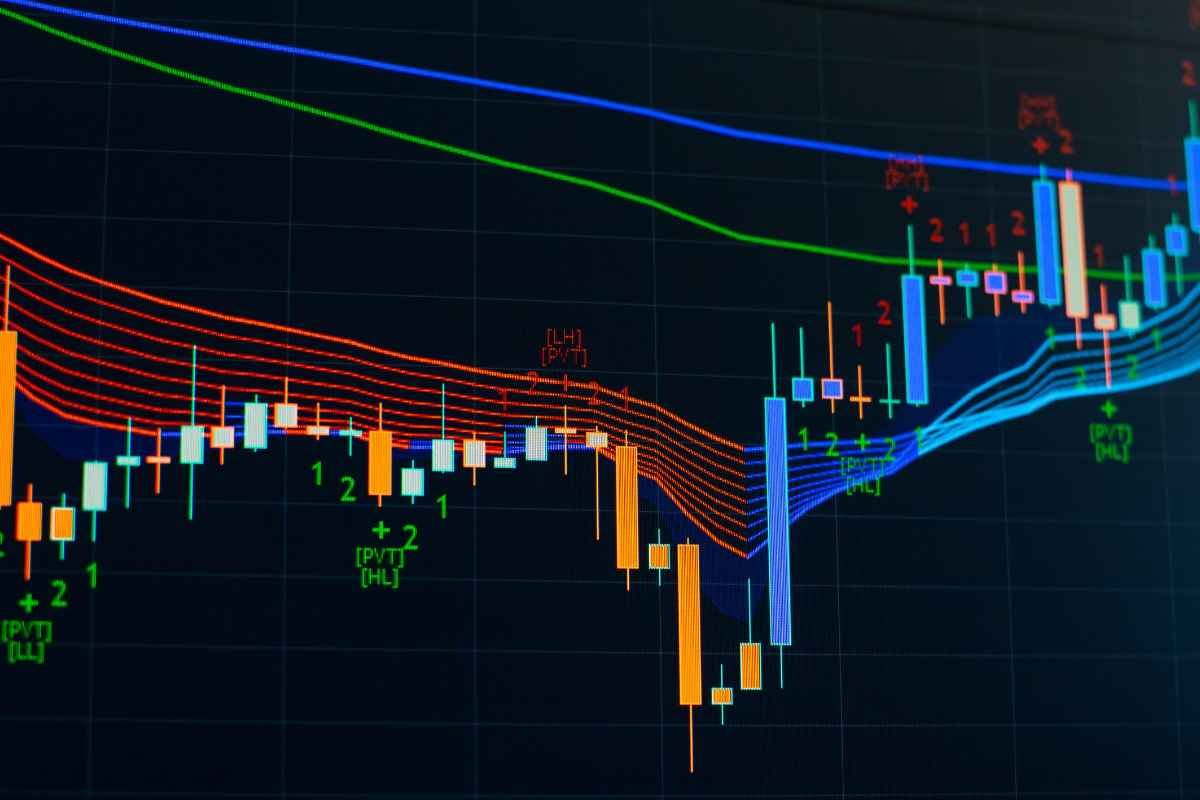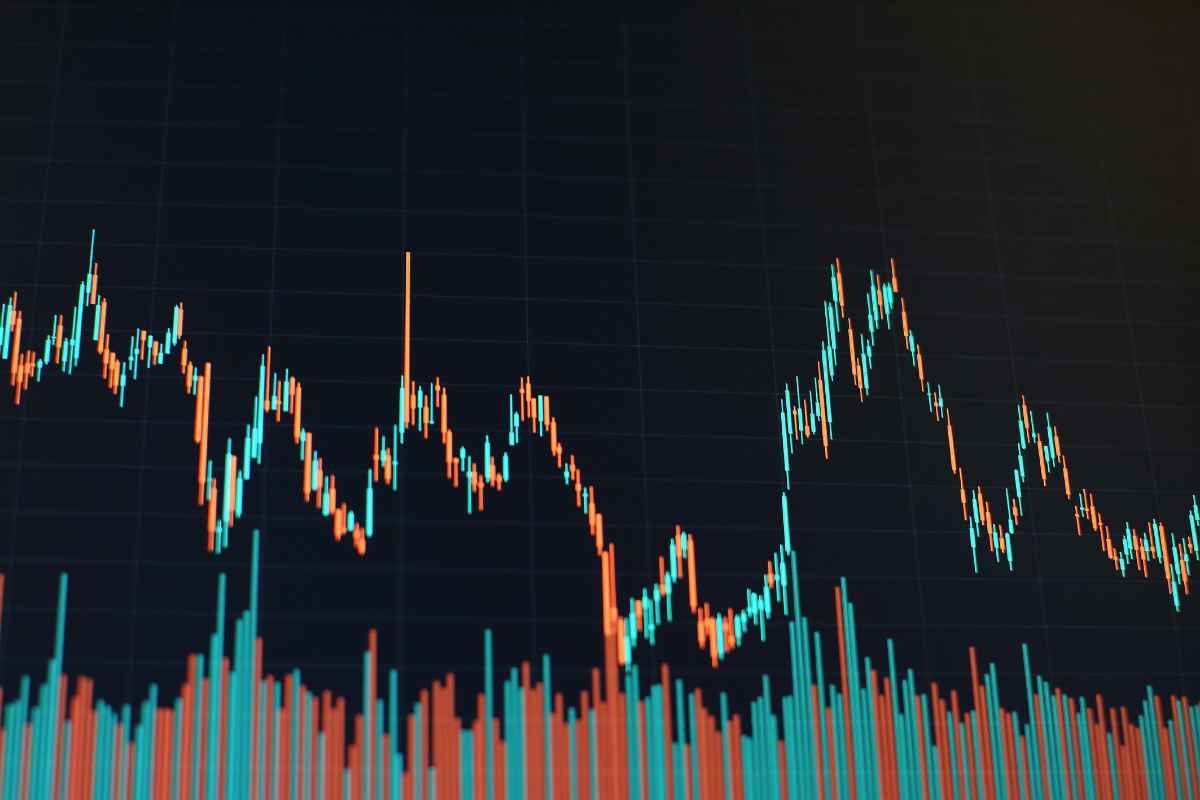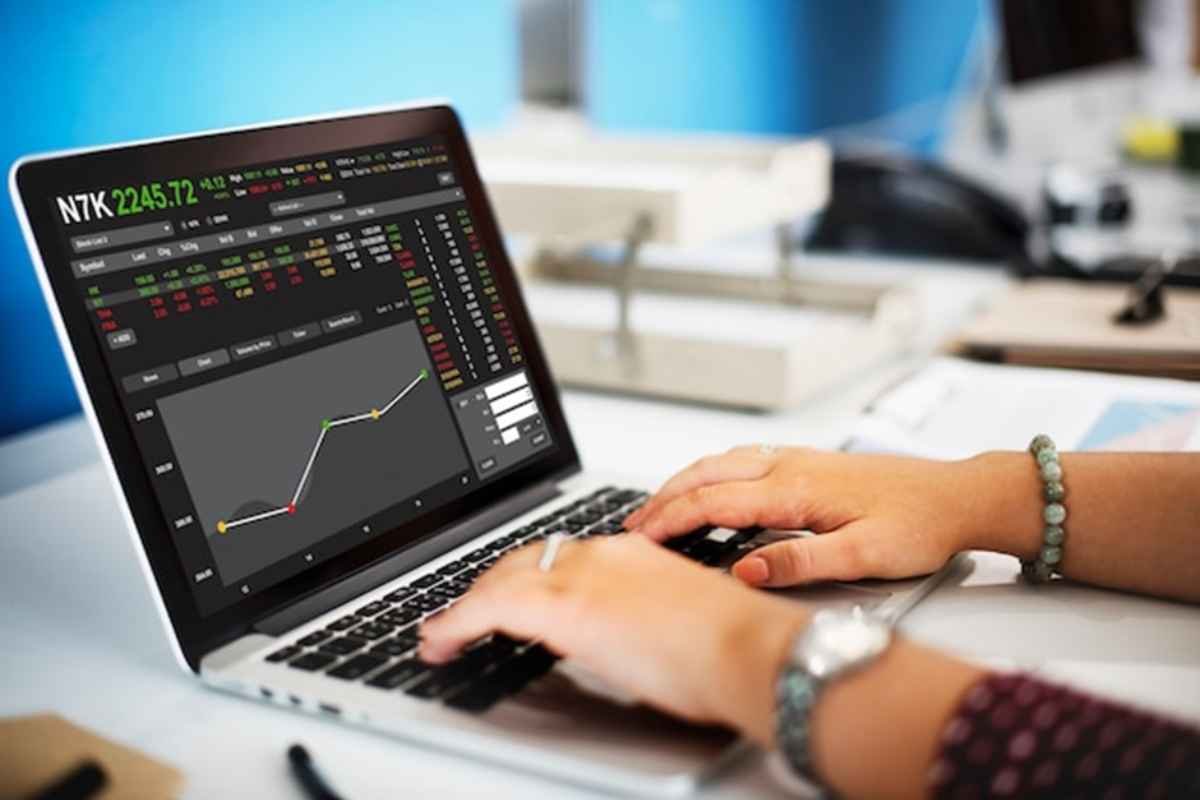In the realm of financial trading, moving averages in Quotex are among the most fundamental tools employed by traders and analysts. Their simplicity belies their powerful capability to smooth out price data and provide insightful trends. For traders using Quotex, a popular trading platform, grasping the concept of moving averages on Quotex. and their applications is crucial for making informed trading decisions. This article delves into the basics of their types, and how to effectively use them moving averages on Quotex.
What is a Moving Average?

A moving average (MA) is a statistical calculation that analyzes data points by creating averages of different subsets of the full data set. In financial trading, moving averages are used to smooth out price data over a specific period, helping traders identify trends and potential reversal points.
The core idea is to filter out the “noise” from daily price fluctuations and provide a clearer view of the underlying trend. This can be particularly useful in volatile markets where price action can be erratic.
Types of Moving Averages
Simple Moving Average (SMA): The Simple Moving Average is the most straightforward type. It is calculated by adding up the closing prices over a specific number of periods and then dividing by the number of periods. For illustration, a 10-day SMA would include up the closing costs of the final 10 days and separate by 10.
The SMA is effective in identifying the general direction of the trend but can lag because it gives equal weight to each price within the period.
1. Exponential Moving Average (EMA)

The Exponential Moving Average gives more weight to recent prices, making it more responsive to recent price changes compared to the SMA. It is calculated using a formula that involves smoothing factors and the previous EMA value. This makes the EMA particularly useful in fast-moving markets where recent price data is more significant.
2. Weighted Moving Average (WMA)
Similar to the EMA, the Weighted Moving Average assigns different weights to different periods. However, it does not use the smoothing factor like the EMA. Instead, it directly multiplies each price by a weight factor, which is then summed and divided by the total of the weights. This approach helps in emphasizing more recent prices without the complexity of the EMA’s smoothing factor.
How to Use Moving Averages in Quotex:?
Quotex, being a versatile trading platform, offers various tools for technical analysis, including moving averages. Here’s how you can effectively use moving averages in Quotex:
1. Setting Up Moving Averages in Quotex
On Quotex, you can easily set up moving averages by accessing the indicators menu. Choose the type of moving average you wish to use (SMA, EMA, or WMA) and customize the parameters such as the period length. For instance, a common setting for short-term trends might be a 9-period EMA, while a longer-term trend might use a 50-period SMA.
2. Identifying Trends
Moving averages are primarily used to identify trends. When the price is above a moving average, it typically indicates an uptrend, while a price below the moving average may signal a downtrend. Additionally, the slope of the moving average line can provide insight into the strength of the trend.
3. Crossovers
A popular trading strategy involves moving average crossovers. For case, a bullish signal is produced when a shorter-term moving average crosses above a longer-term moving average. Conversely, a bearish signal occurs when a shorter-term moving average crosses below a longer-term moving average. These crossovers can help traders identify potential entry and exit points.
4. Support and Resistance Levels
Moving averages can moreover act as dynamic support and resistance levels. During an uptrend, a moving average may serve as a support level where the price tends to bounce. In a downtrend, it may act as a resistance level where the price encounters selling pressure.
5. Combining Moving Averages with Other Indicators

While moving averages are powerful, they work best when combined with other technical indicators. For instance, combining moving averages with oscillators like the Relative Strength Index (RSI) or MACD (Moving Average Convergence Divergence) can provide a more comprehensive view of market conditions.
Conclusion
Moving averages are a cornerstone of technical analysis in trading and offer valuable insights into market trends. On Quotex, traders can leverage these indicators to enhance their trading strategies and make more informed decisions. By understanding the different types of moving averages and their applications, traders can better navigate the complexities of the financial markets and improve their trading outcomes. Whether you’re a novice or an experienced trader, mastering moving averages in Quotex an significantly boost your trading proficiency.





